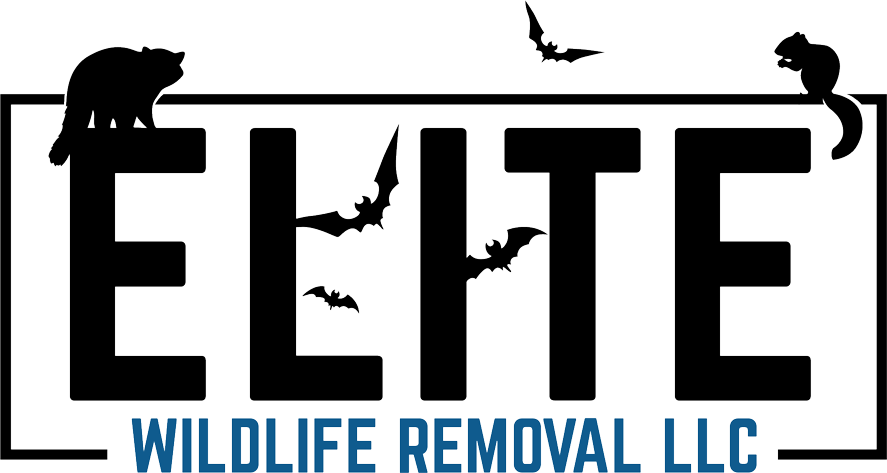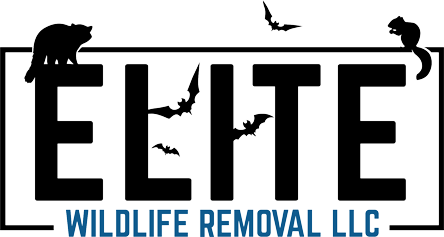Muskrat Removal And Control
Muskrat Removal And Control
At first glance, muskrats may seem like nothing more than small, harmless creatures gliding through ponds and marshes. However, their presence on a property can quickly become a serious problem. These burrowing rodents are notorious for undermining embankments, eroding shorelines, and damaging irrigation systems. Their tunnels create hidden structural weaknesses, which can lead to collapses along the edges of ponds, lakes, and waterways. Additionally, their feeding habits deplete aquatic vegetation, impacting the balance of local ecosystems and reducing food sources for other wildlife.
For property owners, particularly those with retention ponds, golf courses, or agricultural irrigation systems, muskrats are more than a minor nuisance—they are a long-term threat to structural stability. As they continue to burrow and expand their colonies, the risk of significant property damage increases. Many people underestimate the speed at which they reproduce and spread. A single breeding pair can produce multiple litters per year, allowing an infestation to escalate quickly. Once these critters establish themselves, they become increasingly difficult to remove without professional intervention.
Signs Of An Infestation
One of the clearest indicators of a muskrat problem is the presence of burrows along the edges of ponds, lakes, or ditches. These rodents prefer to dig into embankments, creating extensive tunnel systems that weaken the surrounding soil. Over time, this can lead to dangerous collapses, particularly in areas with high water levels. In addition to burrowing, they often leave behind evidence of their feeding activity, stripping aquatic plants such as cattails, water lilies, and reeds. Floating plant debris and damaged vegetation near the water’s edge are strong indications of their presence.
Another common sign is the appearance of muskrat lodges, which resemble small dome-shaped structures made of mud and plant material. These lodges are often confused with beaver dams, but muskrats do not construct large, elaborate structures. Instead, they build small, discreet shelters that blend into their surroundings. In areas with a large populations, a distinct musky odor may be noticeable, as these animals use scent marking to establish their territory. Additionally, an increase in predator activity—such as snakes, raccoons, and large birds of prey—can signal a muskrat problem, as these animals often hunt them.
Property owners should act at the first sign of activity. The longer these rodents remain undisturbed, the more extensive their burrow networks become, leading to increased soil instability and water contamination risks.
The Need For Professional Removal
Dealing with an infestation requires more than just setting traps or attempting to block off burrows. While some property owners try DIY removal methods, these animals are highly adaptable and often evade amateur trapping attempts. In many cases, removing a few individuals does little to solve the problem, as their burrow systems remain intact and quickly attract new inhabitants. The most effective way to handle an infestation is through professional wildlife control services that not only remove the existing population but also implement measures to prevent their return.
Trained wildlife removal specialists use humane and legal trapping methods to deter muskrats while minimizing their impact on the surrounding environment. Effective removal strategies also address the root causes of the infestation. Without proper deterrents and habitat modifications, these critters will continue to return to the same location. A professional team assesses the specific conditions of each property, identifying vulnerable areas and implementing long-term solutions. This may include reinforcing embankments, modifying vegetation to make the area less attractive, and installing exclusion barriers to prevent future burrowing.
Health concerns are another critical reason to seek professional assistance. Muskrats can carry parasites such as fleas and ticks, as well as waterborne pathogens like Giardia, which can contaminate ponds and streams. If muskrat activity is left unchecked, these health risks can spread to pets, livestock, and even humans. Ensuring thorough removal reduces the risk of disease transmission and helps maintain a clean, stable environment.
Long-Term Prevention And Property Protection
Successfully removing muskrats is only part of the solution. Keeping them from returning requires strategic property management. Reducing excessive aquatic vegetation is one of the most effective ways to discourage these creatures from settling in an area. Since they rely on an abundant food supply, limiting their access to plant material naturally encourages them to move elsewhere. Reinforcing embankments with riprap, a layer of large rocks that stabilizes shorelines, can also make it more difficult for them to burrow.
Another essential step is the installation of exclusion barriers around vulnerable areas such as pond edges and drainage ditches. These barriers prevent muskrats from accessing ideal nesting spots, significantly reducing the chances of a new infestation. For properties with ongoing muskrat problems, routine inspections by a wildlife control expert can help detect new activity early, preventing widespread damage before it becomes a costly issue.
By taking a proactive approach, property owners can protect their land, preserve water features, and avoid expensive repairs caused by burrowing damage. Professional wildlife specialists not only remove muskrats but also provide valuable guidance on how to modify landscapes and implement protective measures for long-term success.
If muskrats are damaging your property, the best course of action is immediate intervention. Waiting too long allows them to expand their burrow systems, weakening shorelines, embankments, and water structures. Our team specializes in humane, effective wildlife control solutions tailored to the unique needs of each property. From professional trapping to long-term prevention strategies, our team ensures that your land remains protected from these destructive rodents.
Don’t let muskrats continue to undermine your property. Contact Elite Wildlife Removal today to schedule an inspection and learn more about how we can help restore and safeguard your land from wildlife damage.
Frequently Asked Questions About Muskrats
Q1. How can muskrats damage my property, and why should I be concerned?
A1. While these rodents may appear small and harmless, but their burrowing habits can cause significant structural damage to shorelines, ponds, and embankments. Their tunnels weaken the soil, leading to unexpected collapses that can erode land, destroy irrigation systems, and compromise the stability of water-retaining structures. If left unchecked, their activity can also cause flooding in nearby areas, increase soil instability, and even impact local ecosystems by depleting aquatic vegetation. Beyond property damage, muskrats are known carriers of parasites and waterborne diseases, posing additional risks to both humans and pets.
Q2. What attracts muskrats to my pond or water feature?
A2. Muskrats are drawn to areas that offer a steady water source, abundant vegetation, and soft embankments for burrowing. They thrive in ponds, lakes, drainage ditches, and marshy areas where they can build their lodges and tunnels undisturbed. If your property has an overabundance of aquatic plants like cattails, water lilies, or reeds, it becomes an ideal feeding ground. Standing water with slow-moving currents is also a major attractant. Without proper deterrents, they will quickly establish a colony and expand their burrowing network, leading to long-term damage.
Q3. Can I remove muskrats on my own, or do I need professional help?
A3. Attempting to remove muskrats without professional assistance can be both ineffective and legally complicated. These animals are highly adaptable, and DIY trapping methods often fail to capture them efficiently. Additionally, their populations can grow quickly, meaning that removing a few individuals won’t necessarily prevent further damage. Professionals use humane and legally approved removal methods to eliminate muskrats while also implementing preventative measures to keep them from returning. Without expert intervention, muskrats will continue burrowing, causing escalating damage to shorelines and water structures. Our team provides comprehensive control solutions, ensuring both immediate removal and long-term prevention strategies.
All Rights Reserved | Elite Wildlife Removal


